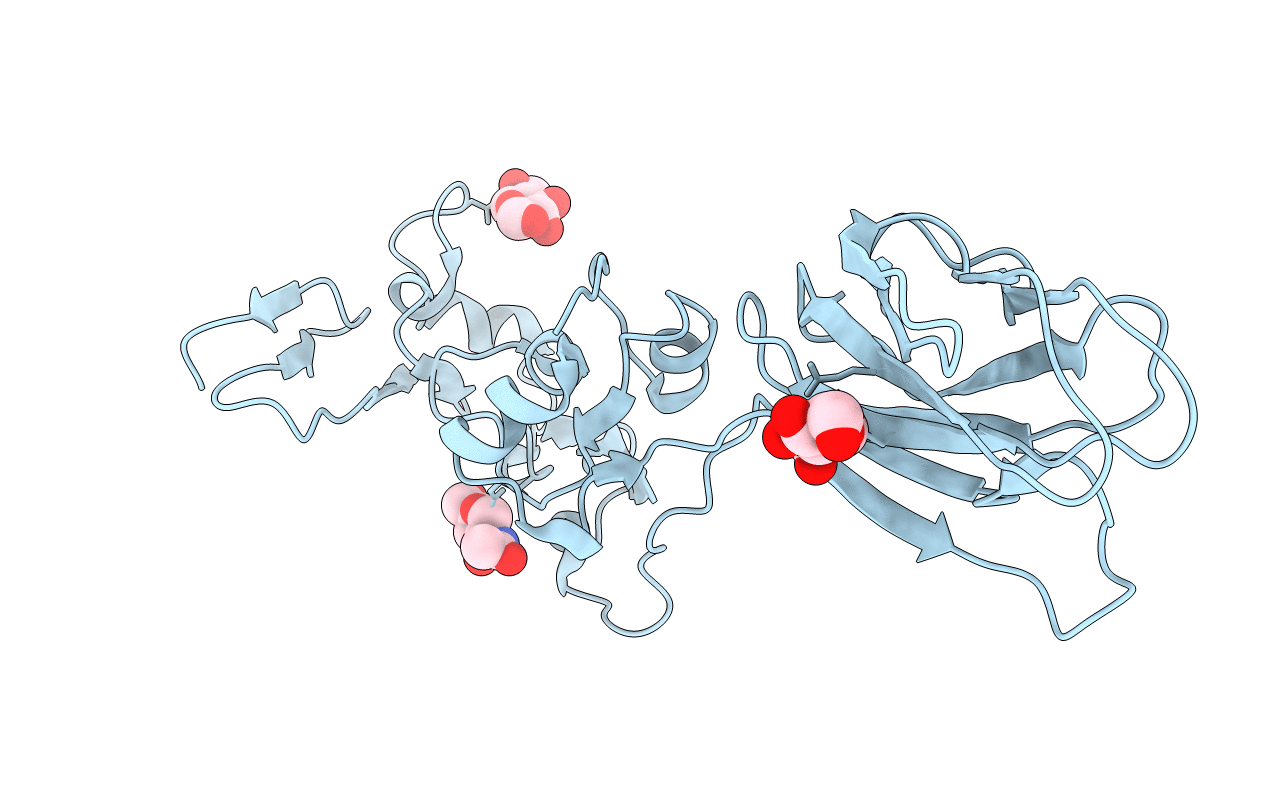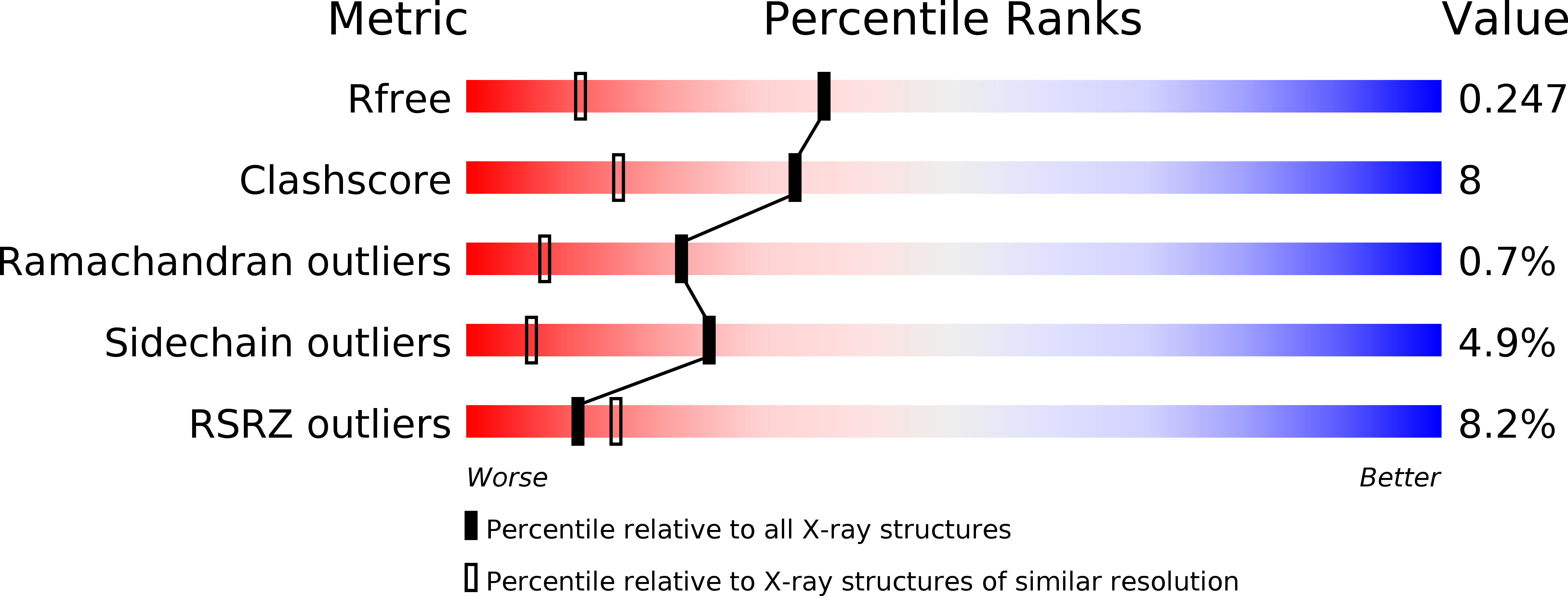
Deposition Date
2007-03-06
Release Date
2007-08-14
Last Version Date
2024-11-13
Entry Detail
PDB ID:
2P26
Keywords:
Title:
Structure of the PHE2 and PHE3 fragments of the integrin beta2 subunit
Biological Source:
Source Organism:
Homo sapiens (Taxon ID: 9606)
Host Organism:
Method Details:
Experimental Method:
Resolution:
1.75 Å
R-Value Free:
0.25
R-Value Work:
0.20
R-Value Observed:
0.20
Space Group:
P 1 21 1


